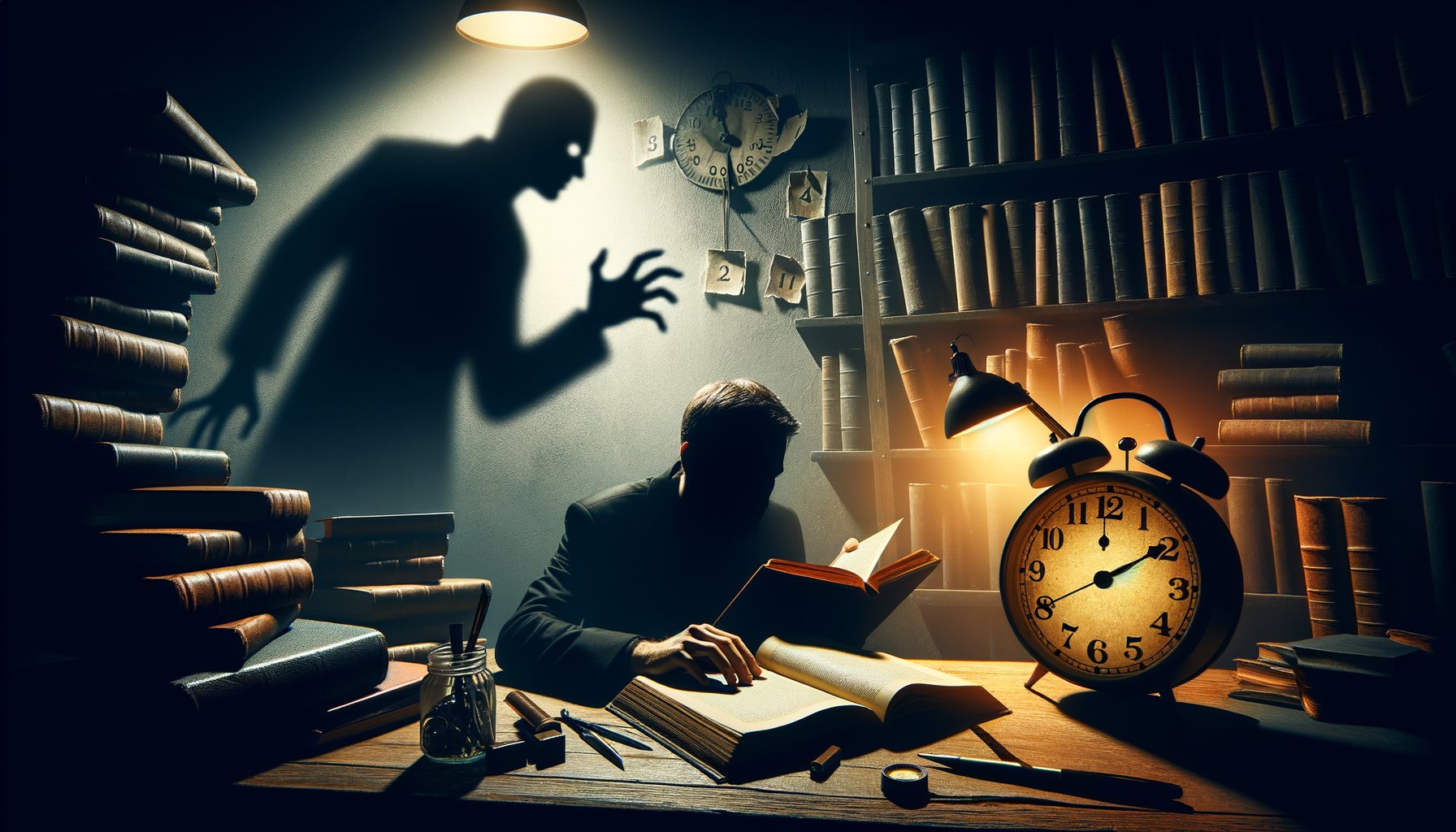Physical Address
304 North Cardinal St.
Dorchester Center, MA 02124
Physical Address
304 North Cardinal St.
Dorchester Center, MA 02124

There’s a reason why thriller novels are often dubbed as ‘page-turners’. It’s that irresistible pull, the magnetic force that keeps you glued to the edge of your seat, biting your nails, and racing through the pages. That magic? It’s all about pacing. So, let’s buckle up and delve into the art of pacing in thriller novels.
Like a maestro conducting an orchestra, an author must control the rhythm of their story. In thrillers, this rhythm is often fast-paced and relentless but punctuated by slower moments to allow for character development and plot thickening. A thriller without good pacing is like a symphony without tempo—it simply falls flat.
Pacing refers to how quickly or slowly events unfold in a story. Good pacing is crucial in keeping readers engaged and maintaining suspense. Too slow, and your readers might lose interest; too fast, and they might feel overwhelmed or confused.
In thrillers, there are typically two types of pacing: sprint-like (fast-paced) scenes where action predominates and marathon-like (slow-paced) scenes where characters reflect on events or plan their next moves. Both are essential for creating a well-rounded narrative.
This type involves rapid-fire action sequences, terse dialogue, short sentences and paragraphs—a high-octane rush that leaves readers breathless. Here’s an example:
“He darted across the alleyway—bullets whizzing past his ears.”
In this sentence, the use of active verbs and a direct narrative style creates a sense of immediacy and tension.
This type involves more introspective moments, allowing readers to catch their breath and become more invested in the characters. Longer sentences and paragraphs, detailed descriptions, and thoughtful dialogue are key features. Here’s an example:
“She sat by the window, gazing out at the rain-soaked streets below, her mind whirling with plans.”
In this sentence, the slower pace allows for deeper characterisation and plot development.
Striking a balance between these two types of pacing is vital. Too much sprint-like pacing can exhaust readers while too much marathon-like pacing can bore them. The best thrillers oscillate between these two extremes, creating a rhythm that keeps readers on their toes.
Now that we understand what pacing is and why it’s important let’s explore some tips for mastering it in your thriller novels.
Mix up short, punchy sentences with longer ones to create rhythm and tension. Short sentences speed up the pace while long sentences slow it down.
Manipulate time to increase suspense—countdowns or deadlines can add urgency and ramp up the pace.
End chapters on cliffhangers to keep readers turning pages—they’ll be desperate to find out what happens next!
Show action unfolding instead of telling readers about it. This immerses readers in the moment, increasing tension and pace.
Subplots can provide a change of pace and add depth to your story. They can also create additional suspense and intrigue.
Pacing is an art form, one that requires practice, intuition, and a keen understanding of your story’s rhythm. It’s not just about how fast or slow your story moves—it’s about how effectively it moves. So keep these tips in mind as you craft your thriller masterpiece.